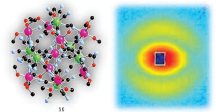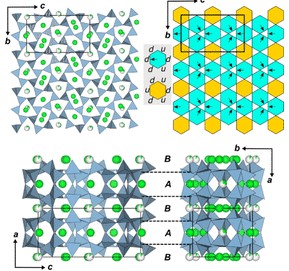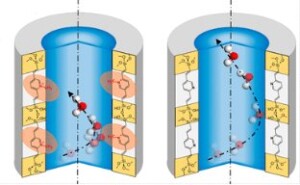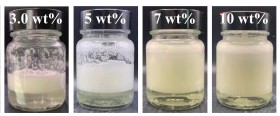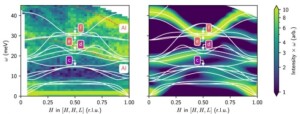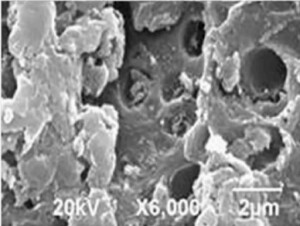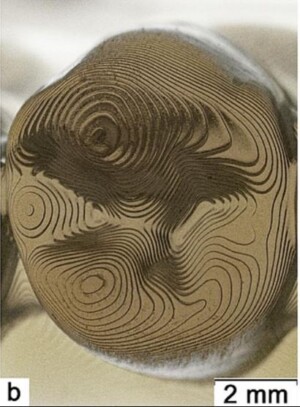In the field of soft matter, many complex new systems are flourishing. The emergence of these newfound capabilities, many of which marry different technologies and components, and work at the nanometer scale (1-100 nm) has become a major current trend. At LLB, research has progressed in similar directions, though some of the historical specificities of the lab, such as polymer research, are kept as main components.
With the advantages of neutron scattering in mind (i.e., labeling and contrast matching), we often marry the reciprocal space (SANS and SAXS) with other techniques, either in real space or at macroscopic scales. The following topics are presently developed: nanoparticles and hybrid systems; organic systems and self-organization; polymer dynamics; and electrostatic complexes. We will consider multicomponent systems that involve polymers, while differentiating between:
- systems where one of the components is intrinsically nanosized (e.g., nanoparticles or nanopores), and the relevant structure and dynamics can be kept at a comparable size, depending on its interactions with the polymer;
- systems where the architecture of the basic elements is bound to lead to self -organization at the nano- or micro-scale.

Presentation of the « Soft Matter and Biophysics » axis (Sept 2011).
